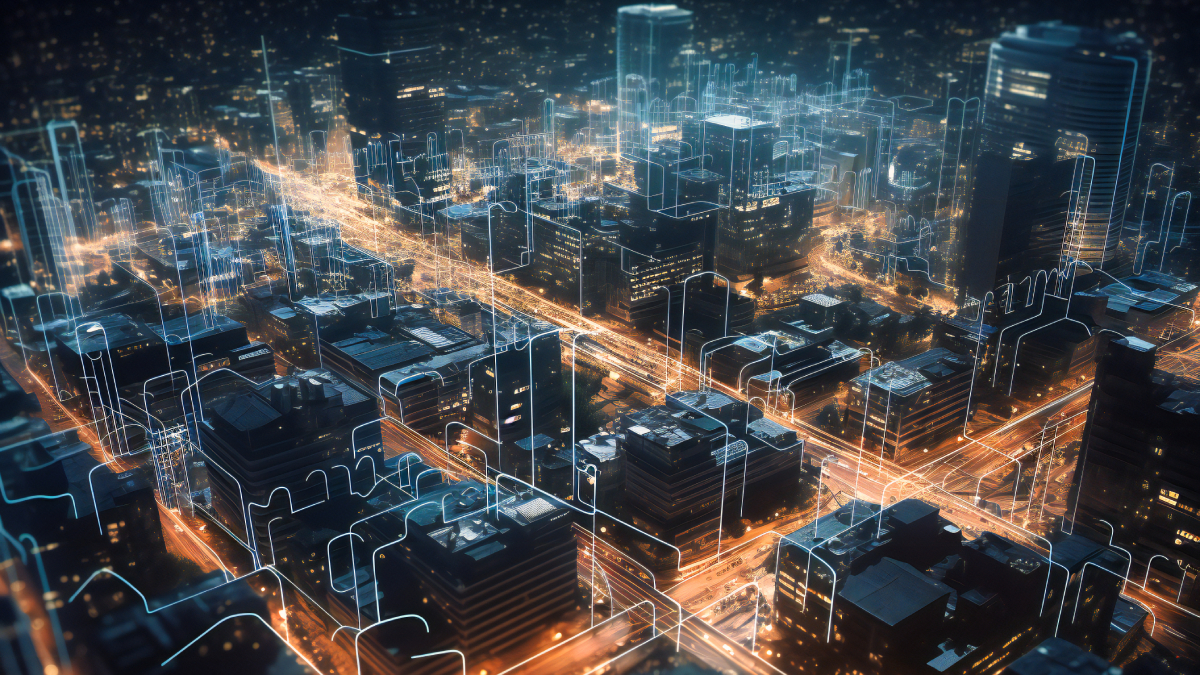While demand for data storage has grown in recent years, the introduction of hybrid and remote working models has accelerated this trend by leading to an unprecedented rise in internet usage alongside the transmission of vast amounts of data.
This has led to the number of data centres being built rapidly increasing over the past few years – with 1,240 now operating in Europe alone.
As the number of data centres continues to grow, so does the demand for the energy needed to power them. As a result, data centres contribute around 3% of all global carbon emissions, so it is vital that we focus on lowering energy use without affecting the rate of this expansion worldwide.
Making use of existing technologies can help reduce energy use in data centres. For example, a significant source of emissions in data centres comes from cooling – which is critical to keep equipment running effectively. This also generates a lot of excess heat that can be used elsewhere, so adopting these more energy-efficient cooling solutions will play an important role in reducing their impact on the environment without affecting growth.
The bigger picture for data centre efficiency
Countries around the world are already adopting different approaches towards the development of data centres, with some stricter than others.
The Netherlands, for example, has recently placed a nine-month ban on the development of hyper-scale builds. Amsterdam is also aiming to lower its data centre power usage by 10% to 15%, while Ireland has halted all development until 2028. This is despite several large corporations, including Amazon and Google, having submitted plans to build data centres in the country.
Other countries are beginning to find a balance between data centre growth and energy use. Spain is increasingly tying renewable energy production and data together, having developed several data centres powered by their own solar photovoltaic generation capacity. The majority of data centres in Iceland also run on a mix of geothermal and hydroelectric power generation.
As data centre expansion continues worldwide, it’s important that we lower energy use in new and existing developments – starting with considering a move to the more efficient technologies that are already available.
Potential energy-efficient solutions
There are a number of solutions currently in development aiming to lower energy consumption in data centres and reuse excess heat elsewhere to minimise overall emissions.
One solution which is gaining traction is the use of ‘waste heat’ from data centres as a source of space heating and hot water production for other nearby buildings. Here, Fifth Generation heat networks apply the heat removed from data centre servers to water circulated to other buildings, where water-to-water heat pumps increase the water temperature for space heating and domestic hot water production.
Several projects are already piloting the technology in data centres, including the Microsoft project in Helsinki. If successful, this will use excess heat to provide heating for around 40% of the 25,000 residents in the heating network, helping to decarbonise heating while also lowering energy consumption in the nearby data centre.
Energy-efficient cooling
Alongside recycling excess heat, reducing the amount of energy used during cooling can also play a key part in improving efficiency. However, it’s also important to ensure the equipment deployed is suited to your building’s specific requirements, including size and location.
Water-cooled precision air conditioners are ideal for high-density or edge computing data centres that generate large volumes of heat. These work by transferring heat generated by IT equipment to chilled water, helping to lower the overall temperature of the data centre.
For smaller server rooms, it’s also possible to use the same comfort cooling HVAC systems deployed in the rest of the building. Air cooling, for example, uses a Computer Room Air Handler (CRAH) or Computer Room Air Conditioner (CRAC) to allow hot air to travel out of the server, helping to cool the surrounding space while also reducing energy use.
The rapid expansion of data centres is placing increasing pressure on global energy supplies. Considering new approaches towards the design of HVAC systems, and adopting energy efficient cooling equipment, will help balance this demand and lower consumption as we look towards net zero.


